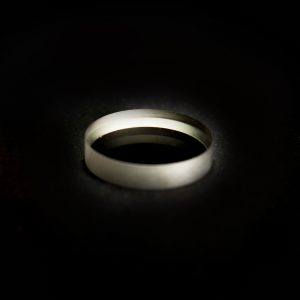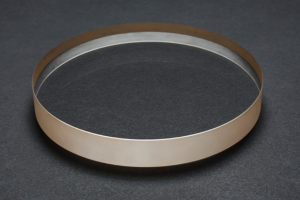There may be many people who do not know much about the optical industry who should be curious about the difference between narrowband filters and bandpass filters? So everyone will have some questions, what is the difference between the two? Next, the editor of Hanzhong Borisun Optics will come to solve your doubts!
Bandpass filters allow optical signals to pass through specific wavebands, while optical signals on both sides that deviate from this waveband are blocked. The passband of bandpass filters is relatively wide, and generally the half bandwidth is above 40 nm! Narrow band filters are separated from bandpass filters and belong to a category of bandpass filters. Their definition is the same as that of bandpass filters, which allow optical signals to pass in a specific band, while optical signals on both sides that deviate from this band are blocked. However, narrow band filters are relatively narrow.
The main characteristics of narrowband filters are the use of all dielectric hard film coating technology and the principle of dielectric interference. On the basis of highlighting the characteristics of narrowband filters, the optical performance is independent of the thickness of the substrate, and narrowband filters are more convenient for built-in instrument imaging systems. To improve its optical performance and effectively apply it, special optical material substrates are used to solve the problems of traditional absorption type synthetic glass that are prone to mold and unstable optical performance. The products are produced according to customer requirements.




